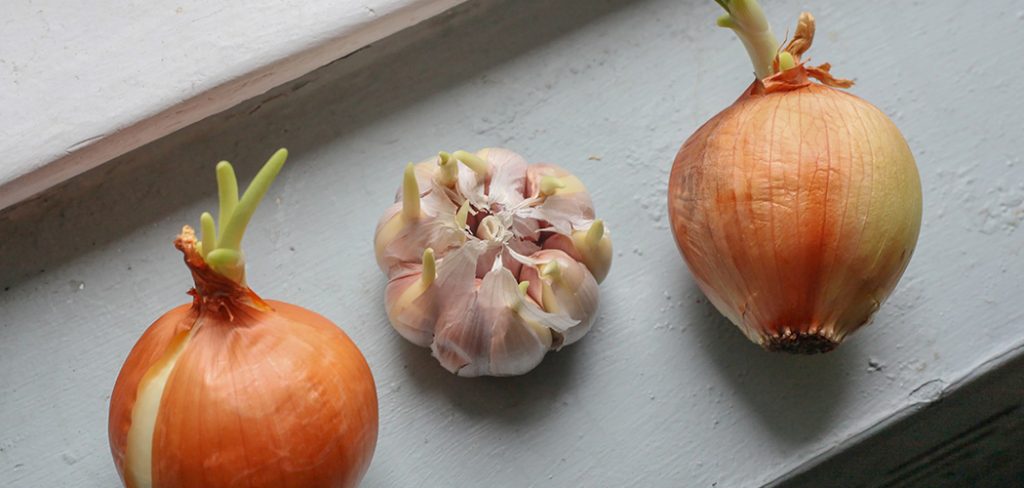Here’s a simple guide on how to grow rosemary in various easy ways so you could get your herb garden going.
Did you know that the ancient Greeks also used rosemary as a wreath on their hair? They believed that rosemary improves memory, so the students would often wear a branch or two around their head.
Rosemary is a type of evergreen perennial plant. And unlike other herbs, rosemary leaves retain their aroma even when they’re dried and stored away. If you want your house smelling fragrant all the time, try considering planting rosemary. It could make for a good potpourri or bath infusion, and they’re always available for harvest.
Rosemary has traditional uses for relieving muscle pain, boosting the immune system, and promoting hair growth. It’s therapeutic, especially when paired with other medicinal herbs.
Lastly, it helps improve the taste of several dishes like soups, casseroles, and salads. It also tastes really good with meats such as chicken and pork.
How to Grow Rosemary from Seed
Why should you learn how to grow rosemary from seed? Because it is advisable to start planting rosemary with seeds indoors.
To do so, fill a three-inch pot up to 80% full with a seed-starting mix. Spray or sprinkle the soil with water about five to ten times, until it turns a dark brown color.
Make a hole that’s 1/8-inch deep and place two seeds in it. Rosemary seeds have a 50% success rate, so it would be a good idea to plant twice as much seeds than you want to yield.
After placing the seeds, brush the soil over them and spray it five to eight times. It is important to spray water enough so that the soil is only moist and not soggy.
The next thing to do is to place your pot where it would get direct sunlight. Rosemary plants need about eight hours of sunlight daily. If this isn’t available where you live, use grow lights to mimic sunlight for the plants.
Room Temperature
Make sure your room temperature stays around 70ºF (21ºC). If it fluctuates a lot or if your area is colder, use a plant heating mat to achieve the desired temperature and help the seeds germinate.
At this stage, it’s important to not let the soil dry out completely. You will need to spray it with water about two to three times a day, or if the soil turns light brown and dry.
Seedlings will sprout in a matter of two weeks, but you can’t transplant your rosemary plant until it reaches at least four inches tall.
The best thing about transplanting rosemary is that you wouldn’t have to thin them out. It is okay for two rosemary plants to grow in a single pot. This could actually give you a fuller harvest than with just one plant in each pot.
How to Grow Rosemary from Cuttings
Another way of learning how to grow rosemary is from cuttings. Rosemary cuttings can be harvested from your current rosemary plants or purchased from plant nurseries.
When rosemary plants have finished flowering, you can cut off six to eight inches of old wood from your shrub. Then, remove the leaves from the lower part and dip the ends in a rooting hormone to help them root faster.
Have a six-inch pot filled with well-draining soil and you can plant up to four stems in each pot. Water them when the soil starts to dry up. It’s best to set them where they get the most morning sunlight.
Keep this up until the next spring and that’s when they’ll be ready to be transplanted onto a bigger pot or your garden.
Growing rosemary from cuttings is so much easier than growing them from seeds. Learning how to grow rosemary from cuttings also allows you to keep on growing it for as long as you want or need it.
Growing Rosemary in Pots
We’re going to be a little more technical when it comes to growing rosemary in pots.
The first thing to consider is that rosemary planted in pots or containers may result in slow and stunted growth. It is recommended to replace container plants every two years or so to maintain its vigor and taste.
Your pot should be able to drain water well and should be about a foot wide and deep, although it really depends on what variety of rosemary you get. For small spaces or indoor growing, dwarf varieties of the rosemary plant may be the best option. However, if you’re growing for commercial use or just in need of a lot of rosemary, you can go for other more fuller varieties.
As for the soil, it should be well-draining. Rosemary plants are easy to grow as they only require moderate watering – just as long as the soil doesn’t dry up completely. Furthermore, it doesn’t need a lot of fertilizer. In fact, you can put a well-balanced all-purpose fertilizer only once during spring, and your plant should be good to go in terms of getting the nutrients it needs.
Generally, rosemary plants need about six to eight hours of sunlight daily, and they also need to have free-flowing air so that they don’t get mildew from the humidity. If it’s a hot and dry day, a fan that’s on the lowest setting should help them get the flowing air that they need.
Conclusion
Rosemary leaves are purple or blue, and there’s even a Christian legend that says that the rosemary got its color because the Virgin Mary put her blue shawl on a rosemary bush on her way to Egypt from Bethlehem with her husband Joseph and the baby Jesus.
There’s also some history of rosemary being used as a love potion. It was put inside little pouches and bags or placed under the pillow in order to attract someone’s love interest. It was also used in Tudor, England as a symbol of a woman’s fidelity, and that if a man couldn’t smell its scent, he wasn’t worthy of love.
Rosemary has a rich history, and until now it’s widely used all over the world for decoration, fragrance, remedy, and cooking. Learning how to grow rosemary, or any plant for that matter, already improves your quality of living by a lot in ways that you might not know of.
Check my other post on Urban gardening and Sustainable gardening ideas.

